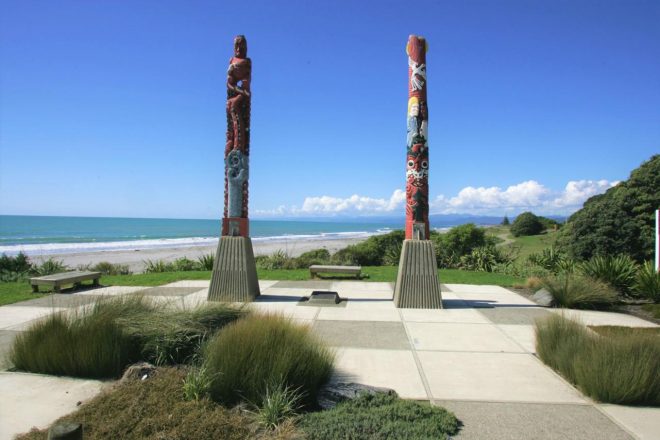东部丰盛湾的Iwi已投票通过了王室提出的1亿美元的和解提议,这标志着近30年的谈判已经结束。
Whakatōhea iwi的和解条约是历时最长的协议之一,最初4000万美元的提议在1996年被拒绝。
本周被iwi接受的官方提议中,包括1亿美元的补偿,5000公顷海洋空间和6000公顷土地的归还。
为期六周的投票决议于上月结束,67%的Whakatōhea成员投票接受这一提议。
“我们对结果感到满意,这对Whakatōhea来说是一个不错的结果。Whakatōhea前和解索赔信托基金主席格雷姆·里斯特勒告诉《 RNZ News》,从1887年第一次向王室请愿,到现在解决我们历史索赔——最重要的是135年前对我们土地的入侵和骚扰,真是一段漫长的旅程。
和解条约是针对违反英国王室和毛利人1840年签署的《怀唐伊条约》的行为进行补偿,《怀唐伊条约》涵盖土地的购买和所有权。
在19世纪下半叶,毛利人失去了他们所拥有的大部分土地的控制权,这违反了该条约。这是通过不公平交易、政府没收或英国定居者占领未出售的土地造成的。
在奥波蒂基区,政府没收了14.4万公顷的土地,迫使部落进入资源匮乏的地区,并在部落之间制造冲突。
怀唐伊法庭将王室在奥波蒂基的行为描述为 “该国历史上最严重的违反《条约》行为之一”。
迄今为止,所有最终结算的总价值刚刚超过20亿美元。




























































